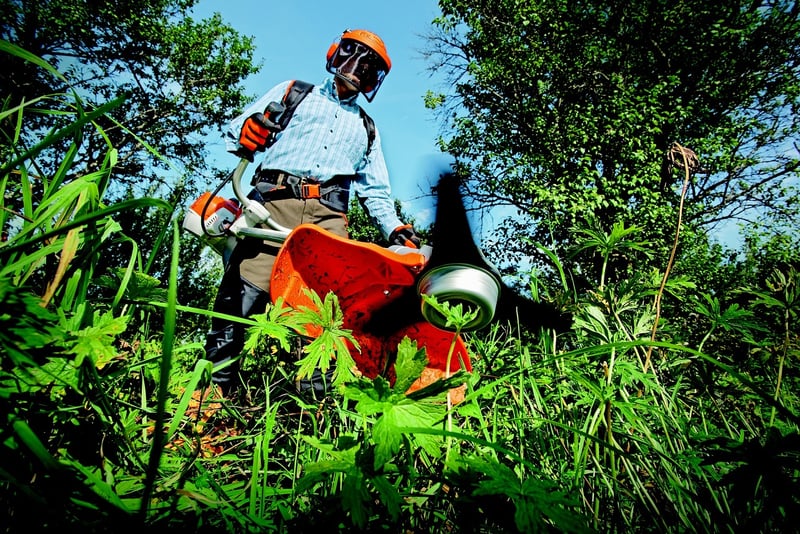Watering Techniques
Must-Haves for Your Gardening Toolkit
Introduction
Gardening can be a rewarding and therapeutic hobby, but having the right tools can make all the difference. In this article, we will explore essential must-haves for your gardening toolkit along with effective watering techniques to help your plants thrive.
1. Hand Tools
Hand tools are essential for various gardening tasks such as planting, weeding, and pruning. Make sure your toolkit includes a sturdy trowel, hand pruners, a weeder, and gardening gloves to protect your hands.
2. Garden Fork and Spade
A garden fork and spade are indispensable for turning soil, digging holes for planting, and mixing in amendments. Look for quality tools with ergonomic handles for comfortable use.
3. Watering Can or Hose
Proper watering is crucial for plant health. A watering can is ideal for gentle watering of delicate plants, while a hose with a spray attachment is perfect for larger areas. Ensure your plants receive adequate water without overwatering.
4. Pruning Shears
Pruning shears are essential for trimming and shaping plants. Invest in a high-quality pair that is sharp and easy to use. Regular pruning promotes healthy growth and flowering.
5. Garden Rake
A garden rake is useful for leveling soil, spreading mulch, and removing debris. Choose a rake with sturdy tines to make your gardening tasks more manageable.
Effective Watering Techniques
Watering your plants properly is key to their survival. Here are some effective watering techniques to keep your garden lush and healthy:
a. Water at the Base
Direct water at the base of plants to ensure it reaches the roots where it is needed most. Avoid wetting the foliage excessively, as this can lead to disease.
b. Water in the Morning
It's best to water your plants in the morning to reduce evaporation and give them time to dry off during the day. Watering in the evening can promote fungal growth due to prolonged moisture on leaves.
c. Use Mulch
Applying mulch around plants helps retain soil moisture, suppresses weeds, and regulates soil temperature. Mulch also reduces water evaporation, allowing your plants to make the most of each watering session.
d. Monitor Soil Moisture
Check the soil moisture regularly by inserting your finger into the soil. Water when the top inch of soil feels dry to the touch. Different plants have varying water needs, so adjust your watering schedule accordingly.
Conclusion
By equipping yourself with the right tools and following effective watering techniques, you can create a thriving garden full of lush, healthy plants. Remember to tailor your approach based on the specific needs of your plants and enjoy the beauty and tranquility of your garden sanctuary.


